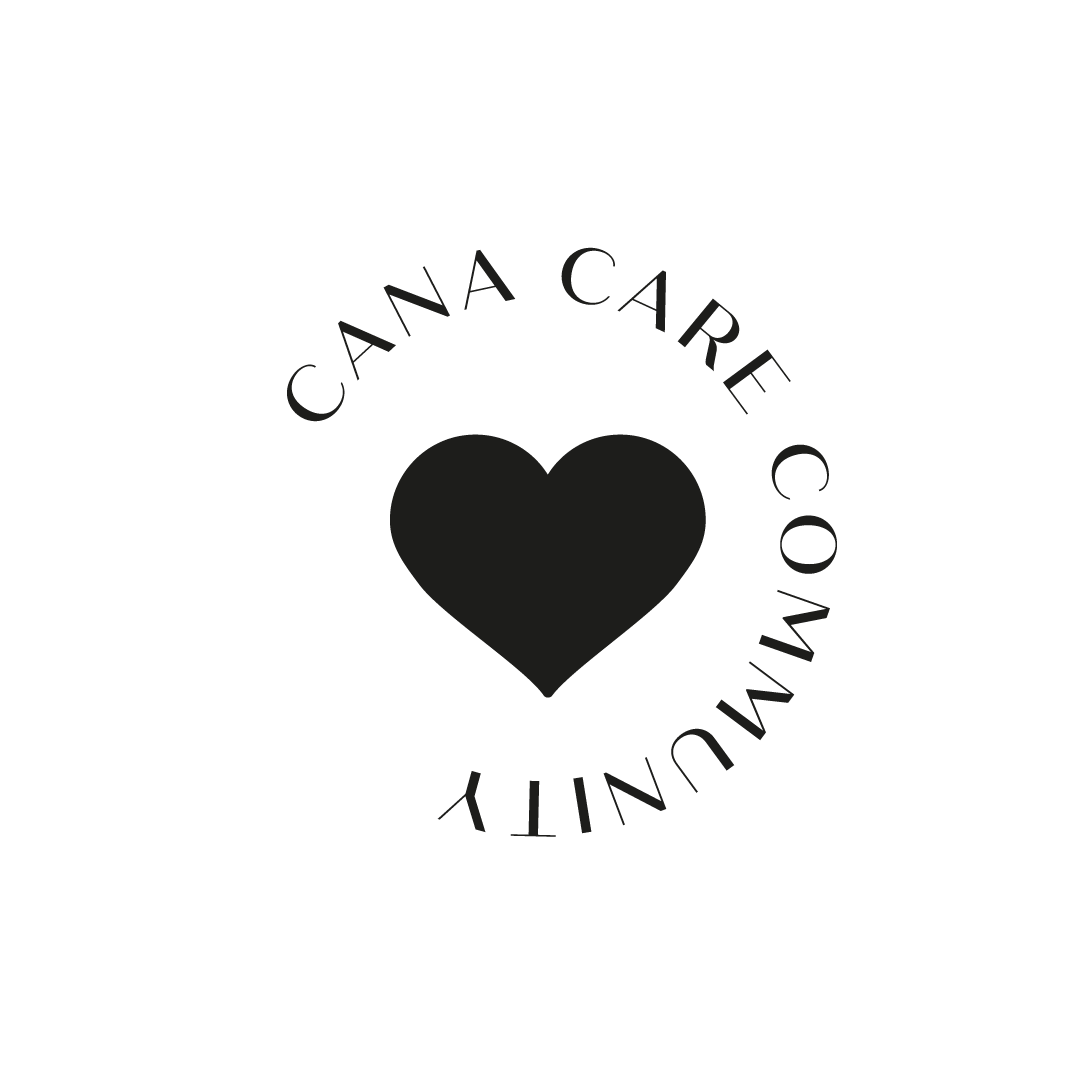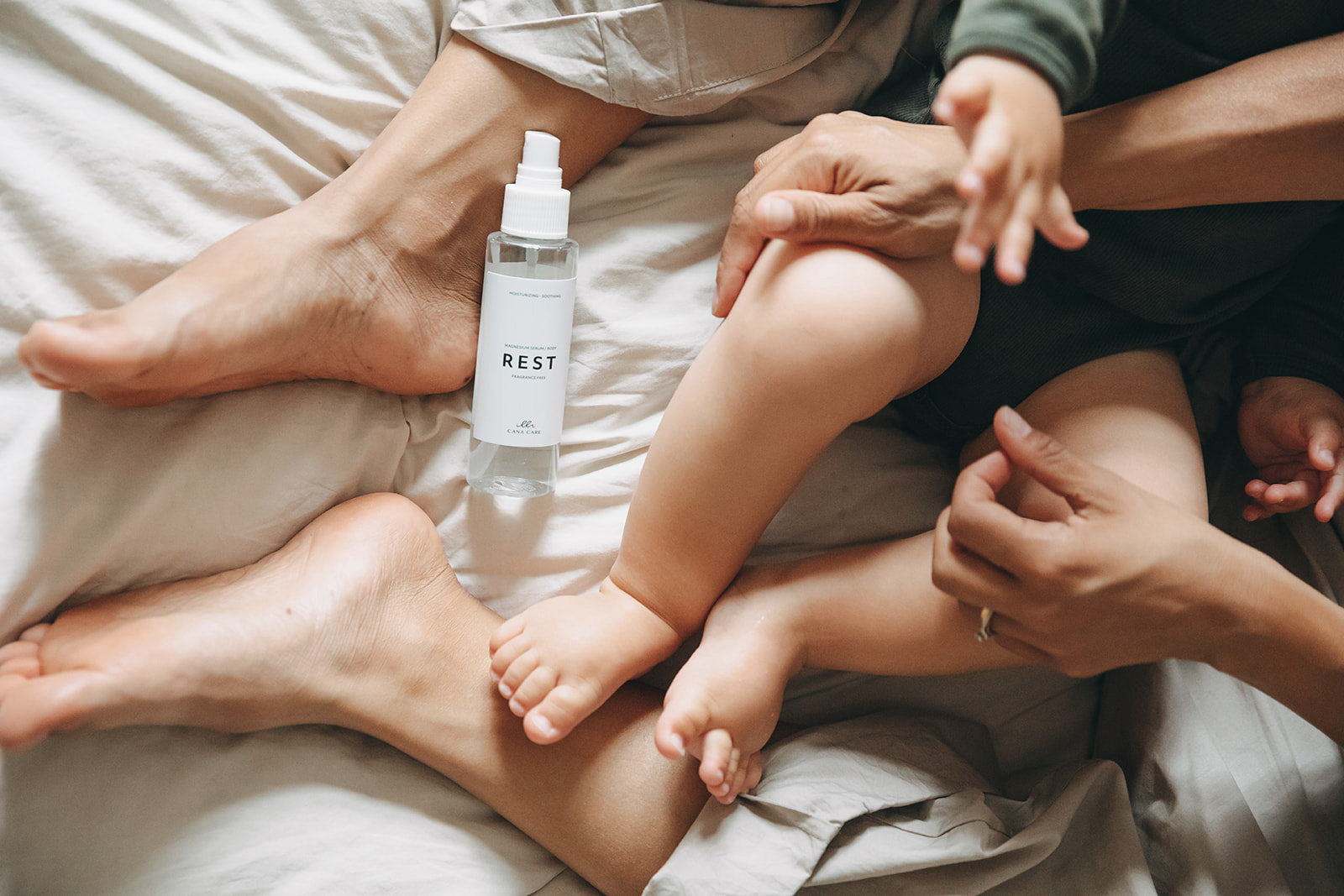Most people experience tension in their neck, back, or legs from time to time. The good news is that there is a simple remedy you can use at home: heat, stretching, and water. When these three things are combined thoughtfully, they calm the tissues, increase mobility, and create the best conditions for the body to recover.
Small changes can feel significant in everyday life. Fifteen minutes of targeted heat followed by gentle stretching and a glass of water can be the difference between a heavy, sore day and a day of lightness in the body.
Heat: quick relief for tense muscles
Local heat causes the blood vessels to open up, allowing the tissue to relax better and the nervous system to dampen pain signals. The effect can be felt in a matter of minutes: muscle tone decreases and the body slows down.
Heat is particularly useful for stiffness, chronic tension, or soreness after activity. However, it is not always recommended for acute injuries with swelling and heat in the tissue, where cold therapy is usually preferable. After that phase, heat can again help to soften tight tissue.
Choosing a method
Some people prefer a hot bath. It is simple, and we all know the soothing feeling of standing under a hot shower. But it does not last long. If you want something that lasts for many hours, here is a quick overview so you can choose according to the situation.
|
Method |
Temperature |
Duration |
Best for |
Practical notes |
|---|---|---|---|---|
|
Electric heating pad |
40 to 50 °C (low to medium) |
15 to 30 min |
Local stiffness in the neck, lower back, hips |
Place a thin towel between your skin and the pad, and avoid falling asleep with the power on |
|
Hot water bottle |
Can be adjusted as needed. |
30 min |
Sleep preparation and relaxation |
Feel free to sleep with a hot water bottle. |
|
Warm bath or shower |
38 to 40 °C |
10 to 20 min |
Full-body stiffness, sleep preparation |
Drink water before and after, get up slowly |
|
Infrared lamp or mat |
Feels like deep, pleasant warmth |
10 to 20 min |
Deep muscle tension before activity |
Follow the product instructions, keep your distance |
|
Heating roll-on/cream |
Mild to distinct sensation of warmth |
Works for hours |
Small areas such as shoulders, knees, neck |
Easy to use and easy to carry, can be combined with light massage |
Safe use of heat
- Always test the temperature on your forearm first.
- Place a thin towel between your skin and the heating device.
- Use for 15 to 30 minutes at a time, 1 to 3 times daily as needed.
- Keep an eye on your skin. Stop if you experience persistent redness or a burning sensation.
- Avoid applying heat to open wounds, recent swelling, infections, or areas with reduced sensation.
- Do not use an electric heating pad if you are dozing off. And do not apply directly to metal implants.
- Pregnant women can often use local, mild heat, including heating pads or warming roll-ons.
- For severe pain or if in doubt, contact your doctor or other healthcare professional.
Cana Cares Heat Roll-On in practice
A roll-on with warming ingredients is handy when you want targeted relief without being tied to a cord. Heat contains capsaicin and camphor, among other ingredients, which activate the skin's heat receptors and dampen pain signals over time. This way, you can help your body relax and calm down—easily and naturally, with this excellent, skin-care roll-on.
How to get the most relief from Heat:
- Apply a thin layer to the sore area.
- Wait 10 minutes; if the heat has not been felt, roll a generous layer onto the skin again for optimal comfort.
- If you want to boost the heat further, you can combine it with a heating pad: wait 5 to 10 minutes after application, use low heat, and stop if you feel discomfort.
- Avoid contact with eyes and irritated skin.
Stretching: small doses with big effects
When the tissue is warm, stretches become easier to hold and feel more comfortable. Static stretching for 20 to 30 seconds can increase range of motion and provide lasting calm in the muscles, giving you long-lasting relief. It does not require much floor space or equipment.
Basic principles:
- Stretch to a noticeable but comfortable tension. No sharp pain.
- Hold the position calmly and breathe evenly.
- Repeat 2 to 3 times per side.
- Stretch symmetrically and keep the pace slow.
A 10-minute program you can do anywhere
- Neck (side length): Sit upright. Let your ear seek your shoulder. Stay for 20 to 30 seconds. Switch sides.
- Shoulder and upper back: Bring your right arm across your body. Hold your elbow with your left hand and pull gently. 20 to 30 seconds. Switch arms.
- Chest in doorway: Place your forearms on the doorframe at shoulder height. Take a step forward and lean your upper body forward gently. Hold for 20 to 30 seconds.
- Lower back: Lie on your back. Pull one knee toward your chest. Hold for 20 to 30 seconds. Switch legs.
- Hamstrings: Lie on your back. Lift one straight leg and hold behind the thigh or with a belt around the foot. 20 to 30 seconds.
- Calf: Stand with your feet shoulder-width apart against a wall. Back leg straight, heel on the floor, push your hips forward. 20 to 30 seconds per side.
You can split up the program. Three short stretches in the morning, two in the middle of the day, and one in the evening are still effective. Oh, what a relief!
Foam rolling and light activation
- Foam rolling for 30 to 60 seconds per muscle group can loosen tight areas before stretching.
- Light activation after stretching, for example 10 gentle hip lifts or shoulder blade squeezes, helps the body put the new mobility into practice.
Water: the silent catalyst
Muscles work best when the cells are well hydrated. Even small fluid losses can increase fatigue, make cramps more likely, and prolong recovery. Heat treatment and baths can also increase the need for fluids.
Practical guidelines:
- Aim for 2 to 3 liters of fluid per day, spread evenly throughout the day.
- Check your urine: a light straw yellow color indicates a good balance.
- During sweaty workouts, saunas, or long heat sessions: add a little salt and minerals.
- Start heat treatment with a glass of water in your body, and have a glass afterwards.
A simple rule of thumb: 1 glass upon waking, 1 with each meal, 1 with each heat or stretching session, 1 in the late afternoon.
A simple daily plan you can start today
- Morning
- Drink a large glass of water.
- 5 to 8 minutes of heat on the area that was most tense when you woke up.
- 2 stretches: neck side length and calf, 20 to 30 seconds per side.
- Lunch break
- Glass of water.
- 3 minutes of door-opening stretches for the chest and shoulders, and a short walk.
- Use Cana Cares Heat Roll-On on one problem area if it feels necessary.
- After work
- 10 to 20 minutes of heat pad on the lower back or neck.
- 3 to 4 stretches from the program.
- A glass of water or mineral water.
- Evening
- If your body is “turned on,” take a warm bath for 10 to 15 minutes.
- Calm breathing, 6 to 8 deep breaths while lying down.
- Small protein-rich snack and water, especially after exercise.
The plan can be adjusted to fit into your day. Stick to the rhythm for a few weeks so you can assess the effect.
When should you not use heat
- The first 48 to 72 hours after an acute sprain, strain, or blow with swelling and heat.
- Over open wounds, visible infections, or skin rashes.
- Areas with reduced sensation or very poor blood circulation.
- Directly over pacemakers or metal, without professional guidance.
- If the skin becomes very red or feels burning: remove the heat and assess later.
Seek professional help for severe or increasing pain, radiation with loss of strength, fever and pain in the same area, or if you do not see improvement over a few weeks.
Heat + stretch: step by step for a sore lower back
- Prepare: A glass of water and a heating pad.
- Warm up: 15 minutes with low to medium heat, semi-reclining position.
- Roll-on: Apply a thin layer of heat roll-on over the most sore spots. Wait 5 minutes.
- Stretch:
- Knee to chest: 2 rounds per side, 20 to 30 seconds.
- Gentle rotation lying down: knees together to the side, shoulder on the floor, 20 to 30 seconds per side.
- Hamstrings with belt: 2 rounds per side, 20 to 30 seconds.
- Activate: 10 gentle hip lifts.
- Aftercare: Drink water again and briefly note how the pain feels now compared to before.
Repeat daily for 7 to 10 days. Adjust according to response.
Typical mistakes that slow down progress
- Too much heat for too long. The tissue becomes irritated instead of relaxed.
- Stretching to the point of pain. This causes muscle guarding and more tension.
- Skipping water. Minor dehydration can be felt as soreness and cramps.
- Irregular effort. Small, consistent rituals work better than sporadic marathon sessions.
- Too many actions at once. Choose 1 to 3 regular habits and build on them gradually.
Home office setup that prevents tension
- Place a gentle heat wrap on your lower back for 2 hours in the morning during longer periods of sitting.
- Plan microbreaks every 45 minutes: 60 seconds of standing stretches.
- Keep a 750 ml bottle on your desk and empty it twice during the workday.
- Use roll-on on your neck/shoulders before a long online meeting.
- End the day with 10 minutes of heat and stretching before sitting down on the sofa.
Frequently asked questions
- Can I use heat and cold on the same day? Yes, but keep them separate. Use cold first for acute irritation or after heavy exertion, and heat later to regain mobility.
- Can I sleep with a heating pad? No. Use a timer and turn it off before you fall asleep.
- How quickly does a heat roll-on work? Usually within a few minutes. The effect can build up over a few days of regular use.
- How much should I drink if I sweat a lot? As a rule of thumb: weigh yourself before and after exercise. Each kilo of body weight lost corresponds to approximately 1 liter of fluid. Rehydrate over the next few hours, preferably with minerals.
Mini checklist for the bathroom cabinet
- Electric heating pad
- Cana Cares Heat Roll-On
- Foam roller or tennis ball
- Elastic band for hamstring stretches
- Small glass bottle for water to remind you to drink
- A soft towel barrier for the heating pad
Make it easy to do the right thing. When everything is ready, heat, stretching, and water become a natural part of your day. It is precisely this kind of routine that slowly releases tension and gives the body room to thrive.
And remember—if you are unsure whether your body is okay, contact your doctor for a professional assessment.








